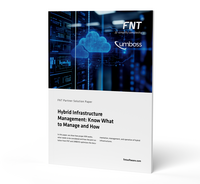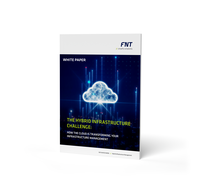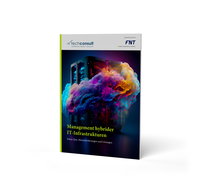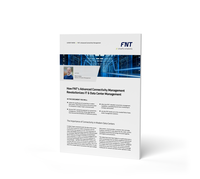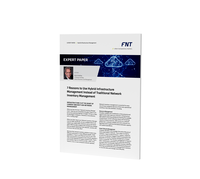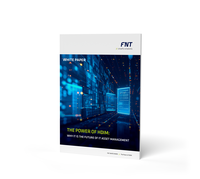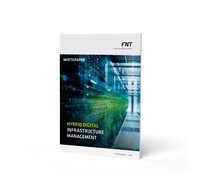What is Hybrid Infrastructure Management?
Hybrid Infrastructure Management (HIM) refers to the coordinated administration and optimization of IT infrastructure that spans both on-premises environments and cloud platforms – including public, private, and hybrid clouds.
Hybrid Infrastructure Management provides the much-needed overview of the complex on-premises and cloud infrastructure, enabling it to be operated efficiently.
Main components of Hybrid Infrastructure Management
A single source of truth that consolidates all infrastructure components, regardless of their location. This includes Infrastructure-as-a-Service (IaaS) resources, as well as container orchestration platforms like Kubernetes infrastructure frameworks such as OpenStack. Unifying these elements enables a centralized, transparent view of the entire IT landscape.
Cloud infrastructure becomes transparent: visualization of the status of all elements and representation of hybrid dependencies at the applications and business processes levels.
Documenting all cloud subscriptions in a central system makes it possible to monitor the planned usage periods of the subscribed cloud infrastructure services and accurately track cloud costs.
Recording the purpose of use, responsibilities and contractual affiliations of cloud infrastructure subscriptions.
Ensuring compliance with standards that govern data security, privacy, system integrity, and regulatory alignment across both on-premises and cloud-based environments.
Even in hybrid environments, on-premises infrastructure remains critical for workloads requiring low latency, data sovereignty, or specific regulatory requirements. Documenting, planning, and managing on-premises IT is a key component of Hybrid Infrastructure Management.
What are the benefits of Hybrid Infrastructure Management?
Highlights of FNT’s Hybrid Infrastructure Management Software
The FNT solution for hybrid infrastructure management makes it possible to map the entire IT and network infrastructure, including cloud services, in a uniform and integrated data model. This includes the building infrastructure (power, cooling, space), the IT/network infrastructure (networks, servers, storage - virtual and physical, on-premises and in the cloud), connectivity (physical cabling infrastructure and logical circuits/bandwidth) and the services based on these (software, applications).
Not only the assets themselves are documented, but also the complex dependencies between different systems and components - regardless of the manufacturer and technology. Bidirectional interfaces bundle data from different systems and map them centrally. This allows you to document, analyze, plan, control and automate your hybrid infrastructure with just a single tool.
As a result, it no longer matters where data and resources are actually located – whether on-premises, in the cloud or at the edge.
Would you like to experience the FNT solution for Hybrid Infrastructure Management live?
FAQ: Hybrid Infrastructure Management
Managing today’s diverse and distributed IT environments without a Hybrid Infrastructure Management tool is increasingly inefficient, risky, and costly. As businesses operate across on-premises systems, public/private clouds, and edge environments, Hybrid Infrastructure Management tools become essential for maintaining control, consistency, and agility.
It delivers visibility and control of modern infrastructures spread across multiple locations and platforms and provides actionable insights into cloud usage, licensing and subscriptions to help optimize cost.
Many of the documentation tools that companies have used to date, such as Excel spreadsheets, or in-house dashboards can only provide answers to individual questions on the IT infrastructure, while traditional tools struggle with leased infrastructure and SaaS. Few - if any - of these options provide a complete and transparent view of the entire infrastructure.
Although cloud providers offer their own monitoring tools and dashboards, their benefits are limited. If companies subscribe to cloud components from one provider, it is usually unknown which processes and applications they are used for. If several cloud providers are used, the overview is inevitably lost. But it is precisely this transparency that is essential for managing a modern, hybrid, and digital infrastructure.
That is why an improved overview of the deployed IT infrastructure, whether cloud or on-premises, which only a centralized hybrid infrastructure management tool can provide, is urgently needed.
Would you like to know more about Hybrid Infrastructure Management? Then you might be interested in the following:



